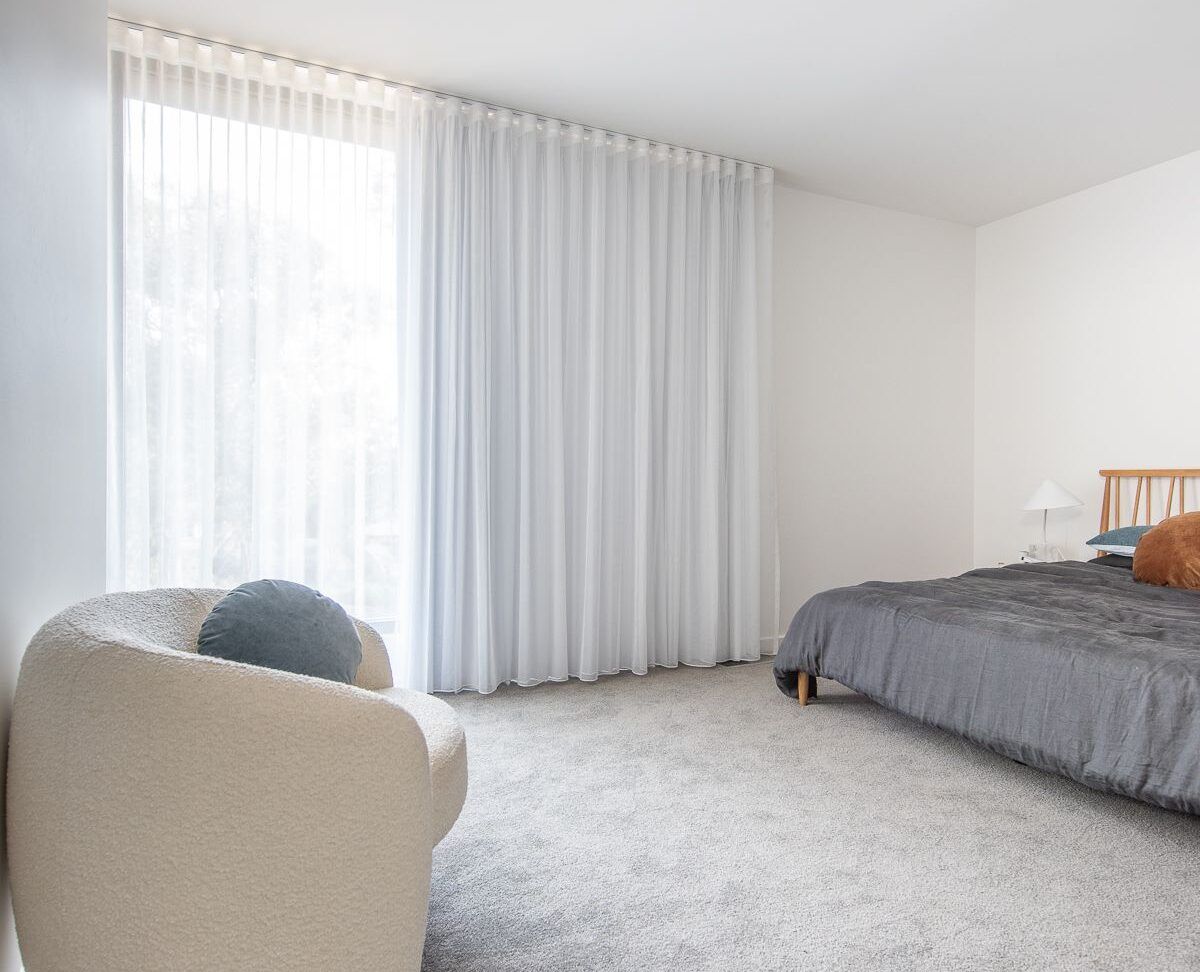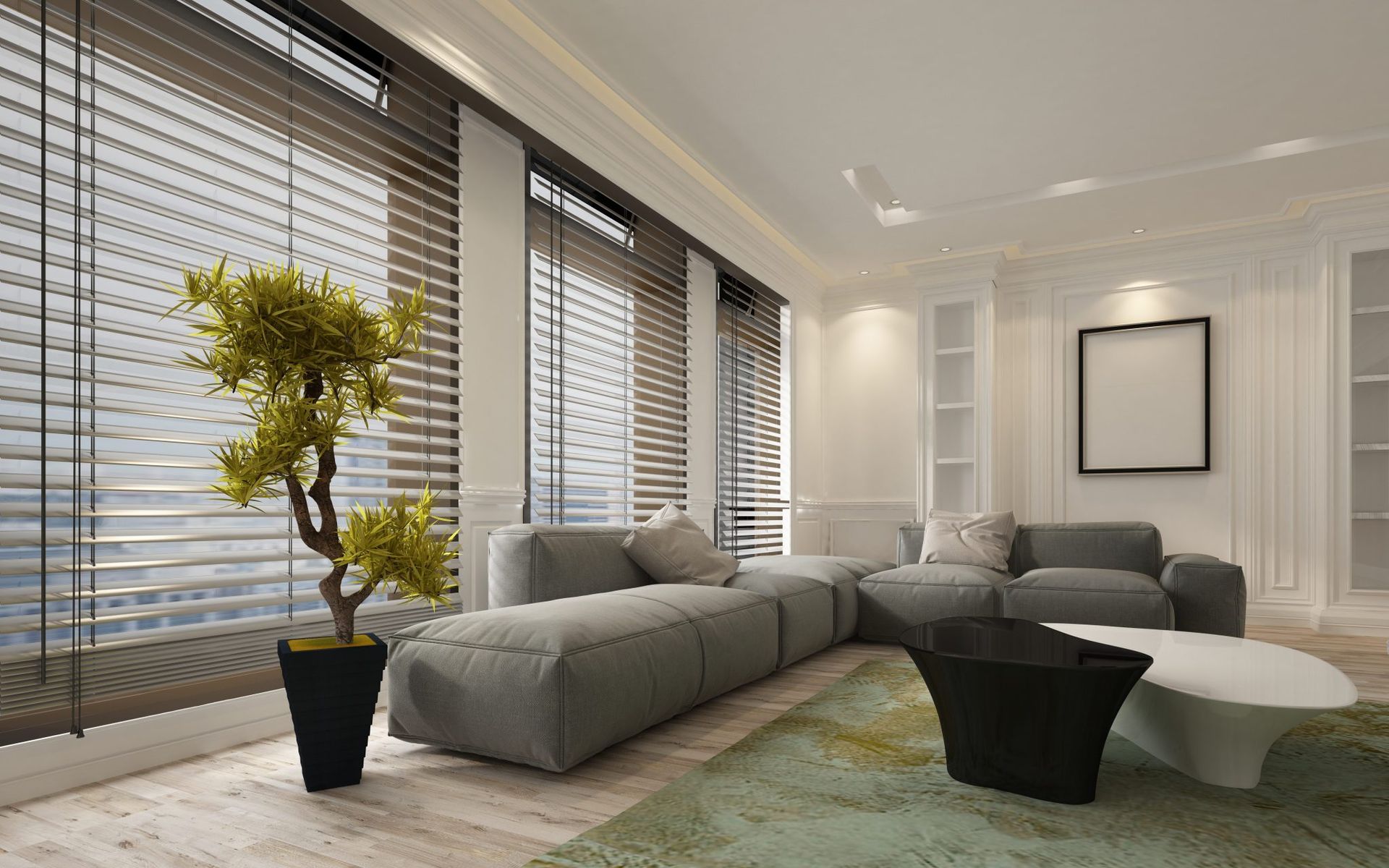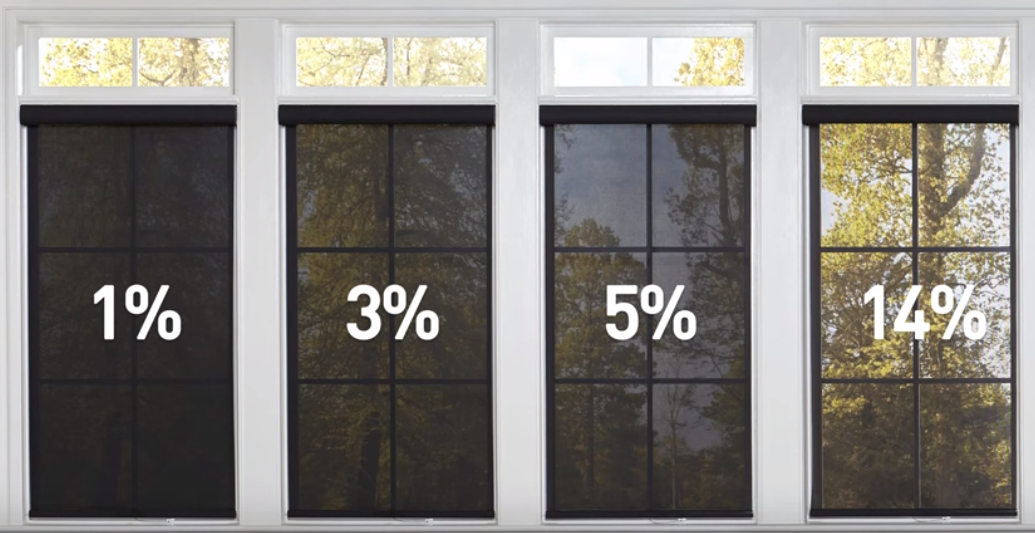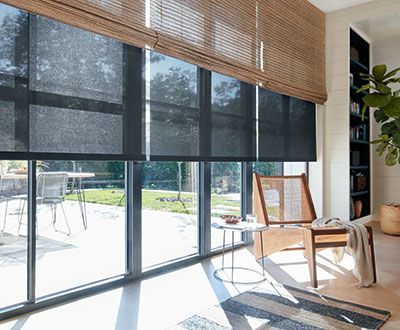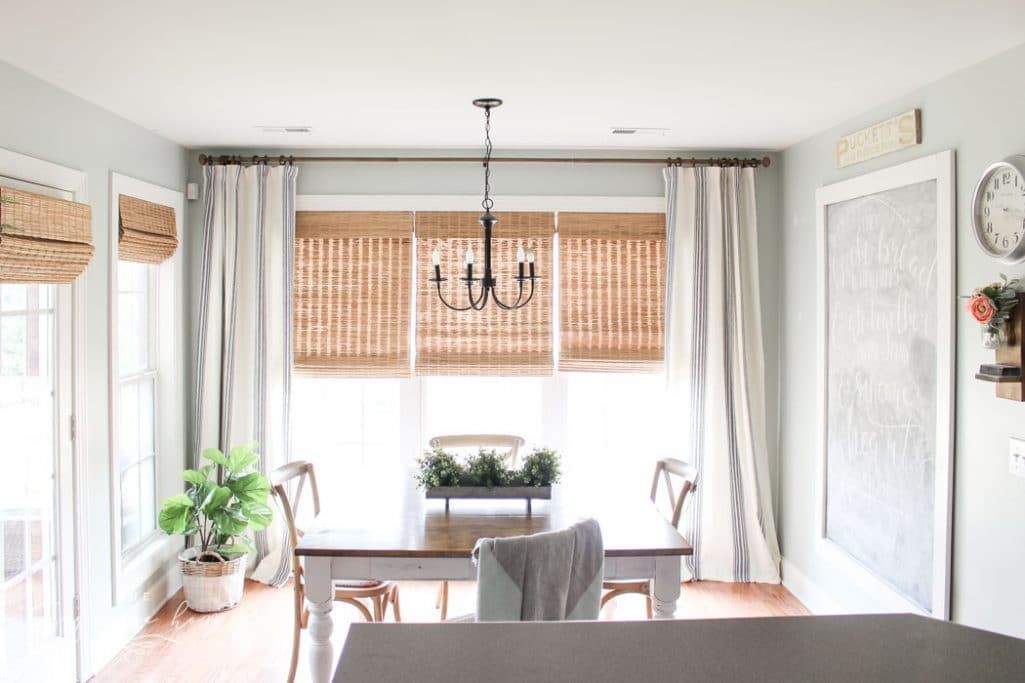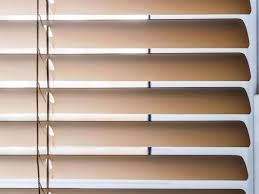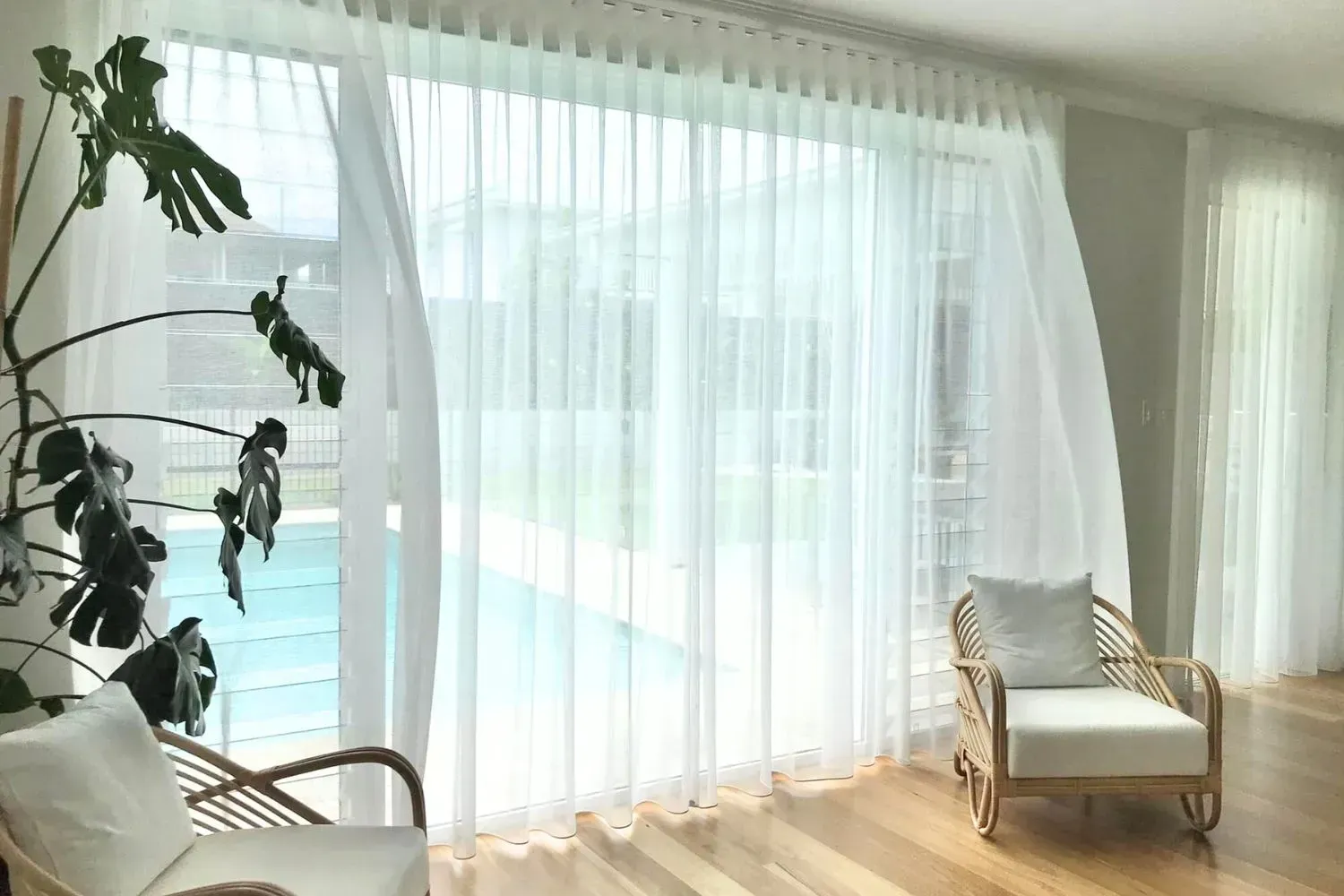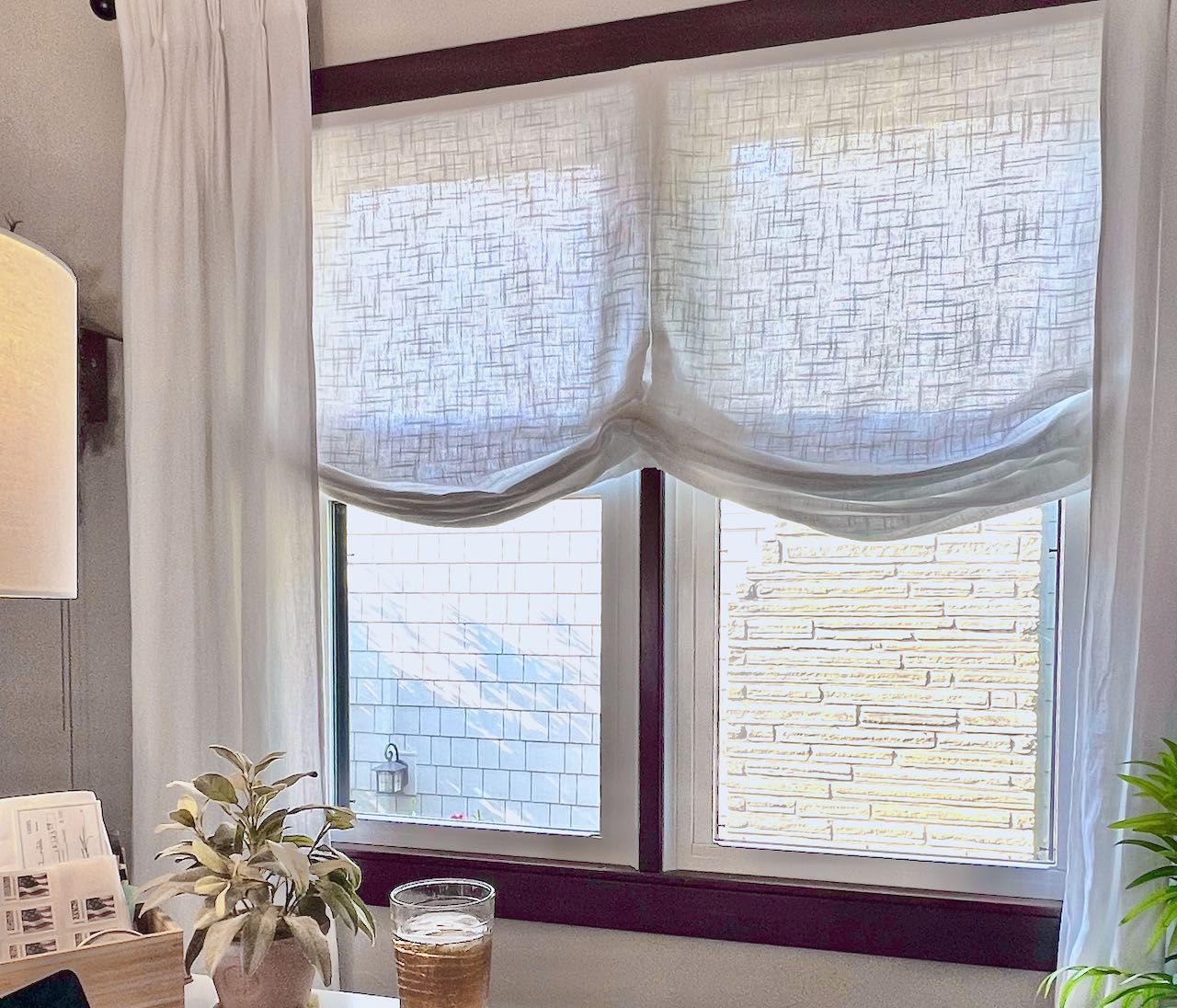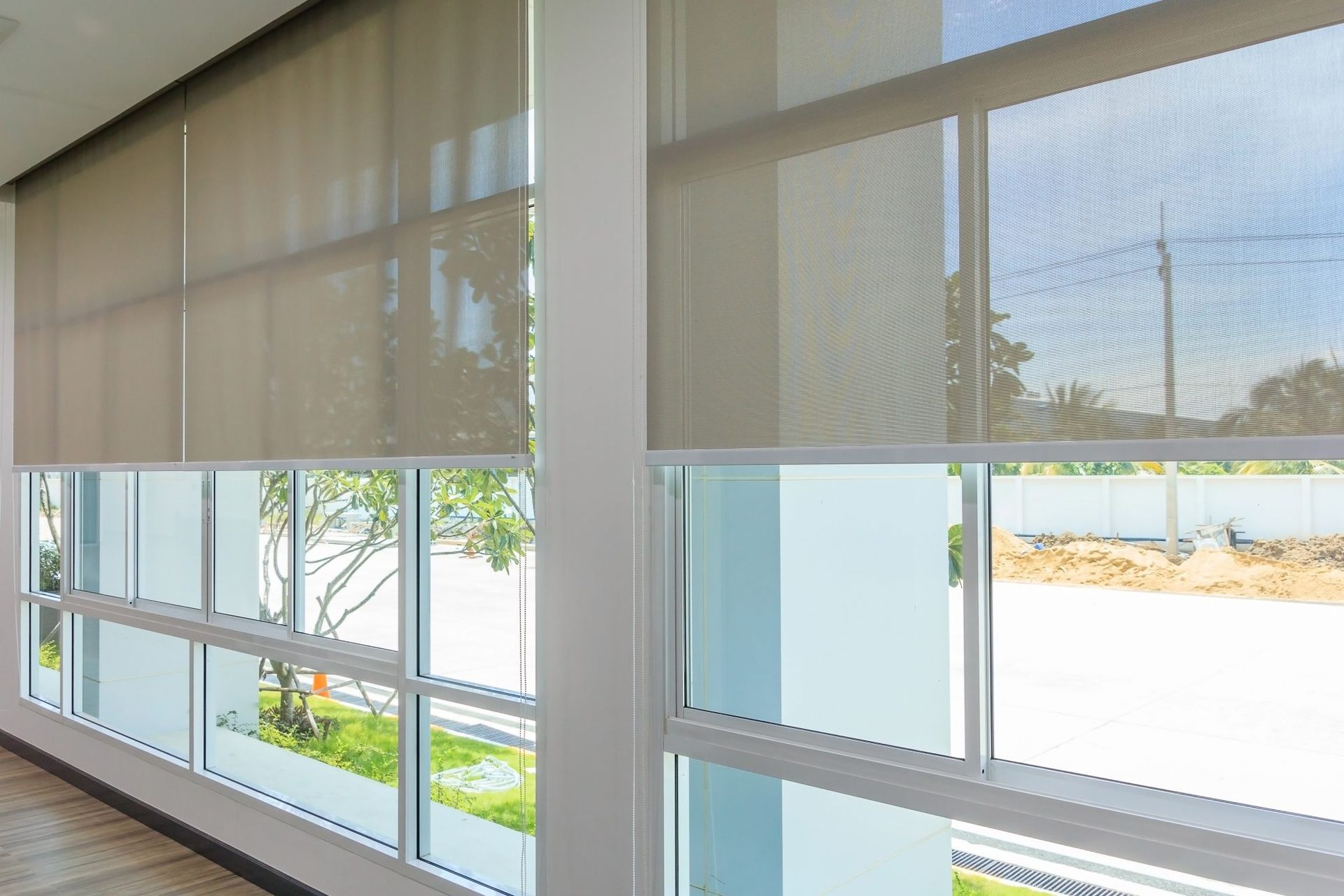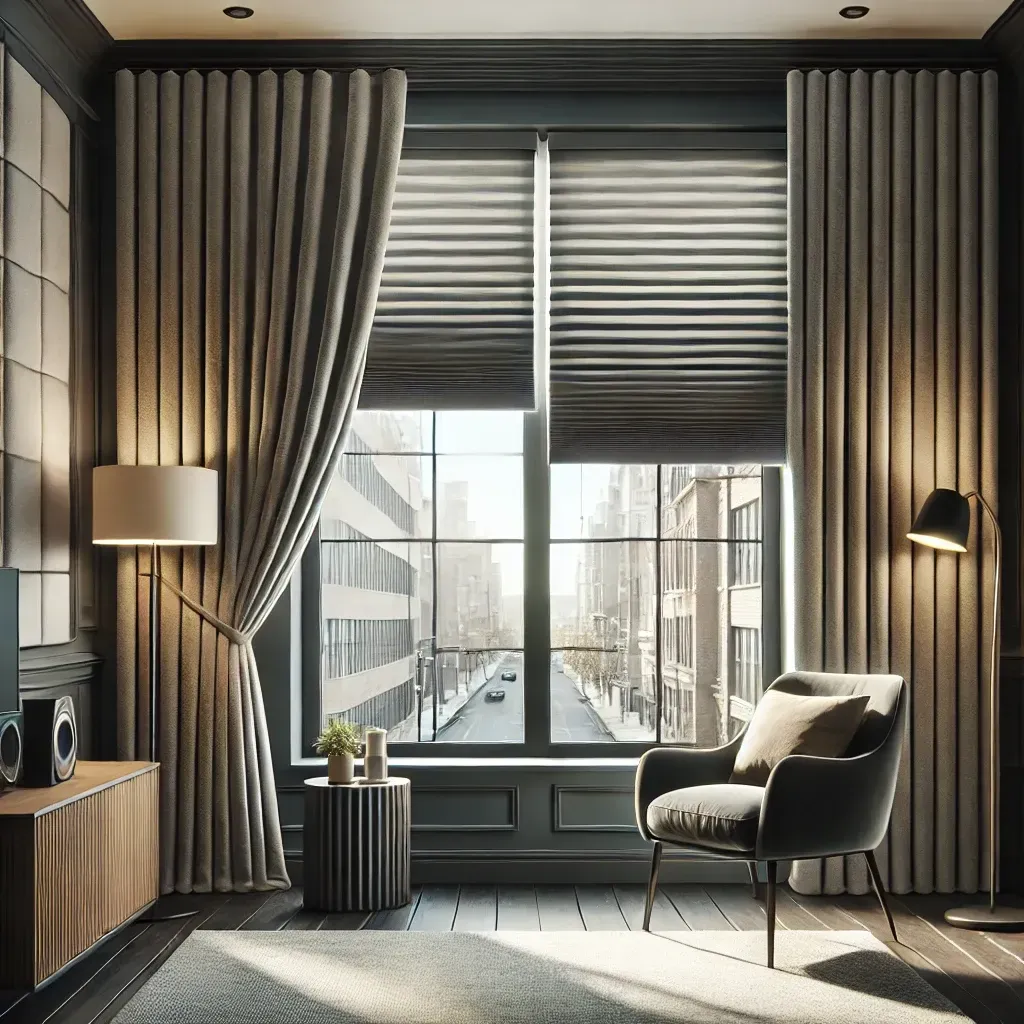What Materials Are Commonly Used in Fabric Light Shades?
Choosing the Right Fabric for Your Lampshades
TLTR: The most commonly used materials for fabric light shades are cotton, linen, silk, and synthetic blends. These fabrics are chosen based on their ability to diffuse light, their durability, and their aesthetic appeal. Cotton and linen offer a soft, natural look, while silk provides a luxurious glow. Synthetic fabrics, such as polyester, offer a budget-friendly and versatile option. Understanding the properties of each material helps in selecting the best fabric for your specific lighting needs.
Lighting plays a crucial role in setting the ambiance of any space, and fabric lampshades significantly impact how light is diffused. The right fabric can enhance brightness, soften shadows, and complement interior decor. Whether you are choosing a
lampshade for a contemporary setting, a rustic farmhouse, or a luxurious interior, selecting the appropriate material is essential.
Common Materials Used in Fabric Light Shades
Cotton Lampshades
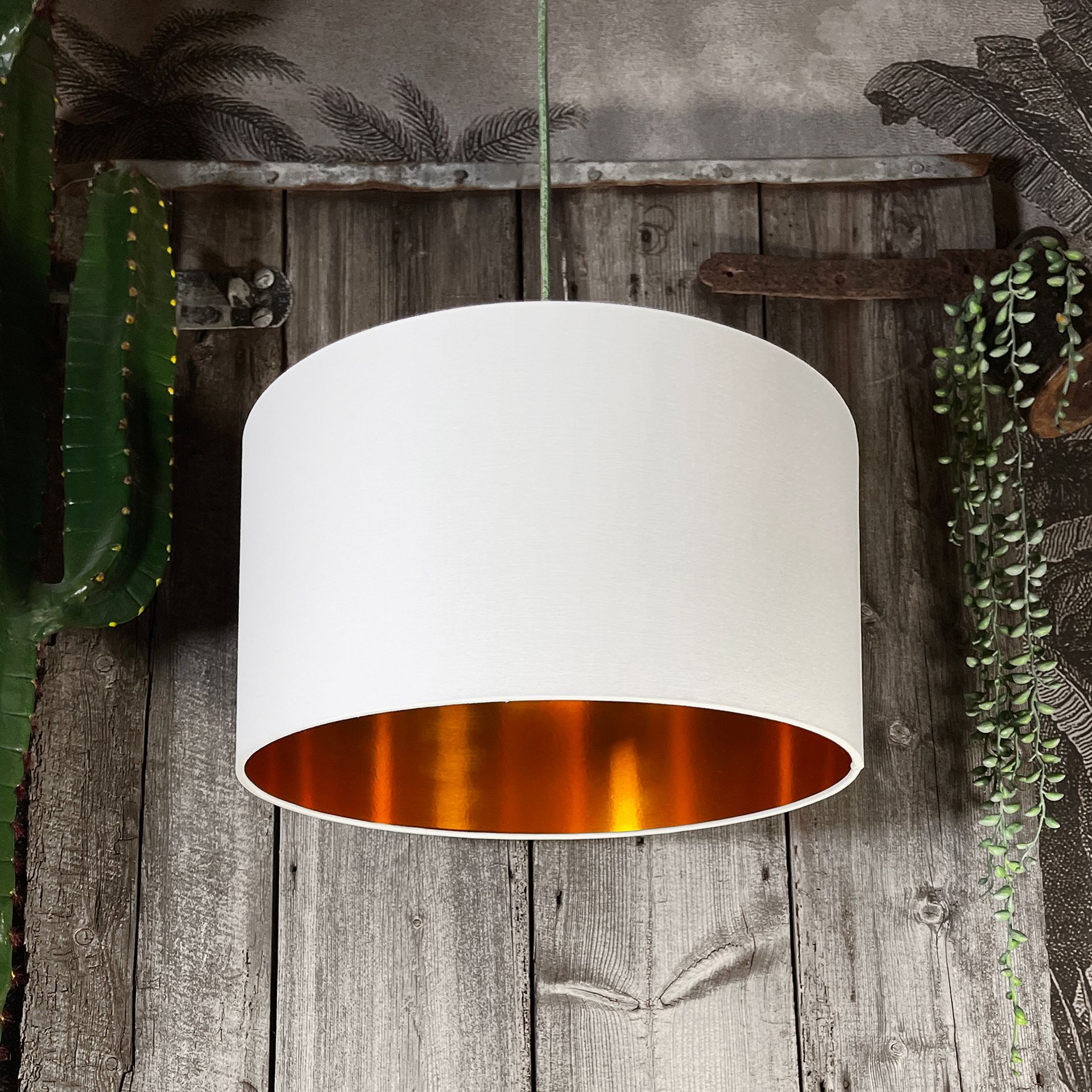
Cotton is one of the most popular materials for fabric light shades due to its soft texture and even light diffusion.
Pros:
- Lightweight and breathable
- Easy to clean and maintain
- Diffuses light evenly for a soft glow
Cons:
- Prone to fading over time
- Attracts dust
Best for: Contemporary and casual interiors where a simple, clean aesthetic is desired.
Linen Lampshades
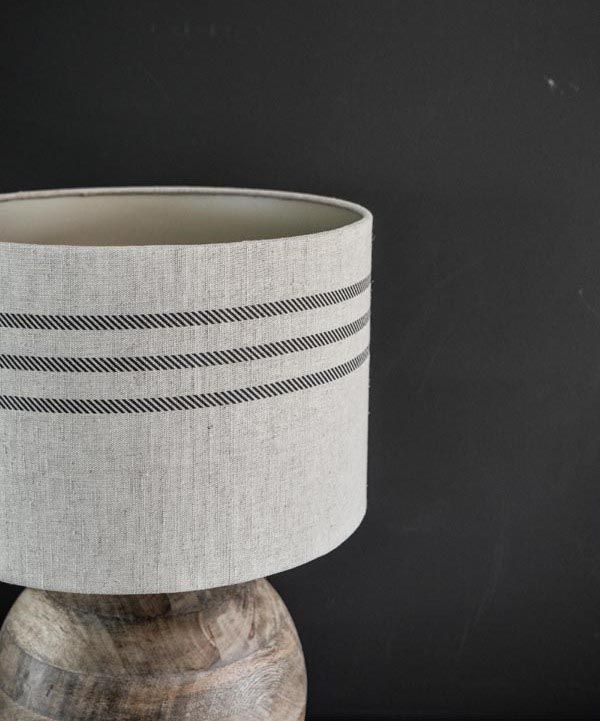
Linen is a natural fiber that adds a textured look to lampshades, making it a great option for those who prefer an organic feel.
Pros:
- Durable and long-lasting
- Provides a rustic yet elegant touch
- Allows for moderate light diffusion
Cons:
- Can wrinkle easily
- Slightly more expensive than cotton
Best for: Rustic, Scandinavian, and minimalist home decor.
Silk Lampshades
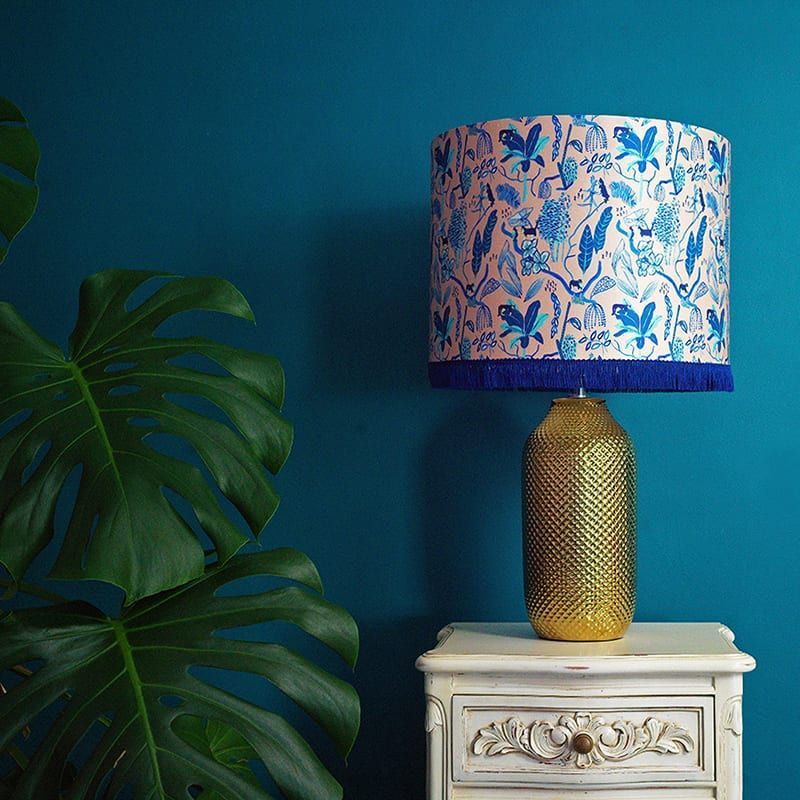
Silk is synonymous with luxury and sophistication. It creates a soft, warm glow that enhances the ambiance of any room.
Pros:
- Luxurious appearance
- Enhances light diffusion with a soft, warm glow
Cons:
- Delicate and requires special care
- Prone to fading when exposed to direct sunlight
- Expensive compared to other materials
Best for: Classic, vintage, and high-end interiors.
Chintz & Jacquard Lampshades
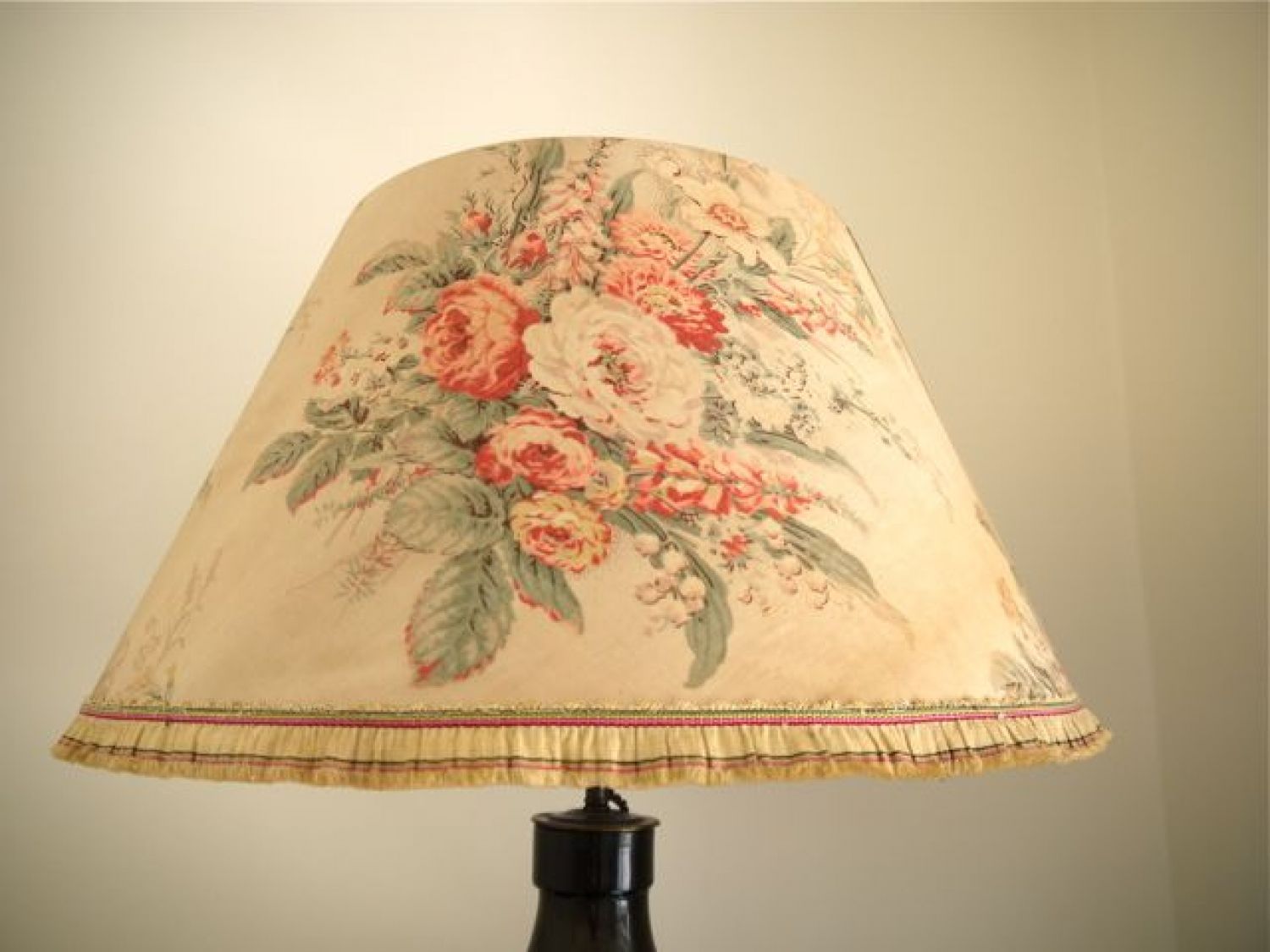
Chintz features a glossy finish, while jacquard has intricate woven patterns, both ideal for traditional interiors.
Pros:
- Adds a decorative, classic touch
- Reflects light beautifully due to the sheen in chintz
Cons:
- Chintz may yellow over time
- Jacquard can be heavy and difficult to clean
Best for: Traditional and antique-style home decor.
Alternative & Modern Lampshade Materials
Burlap Lampshades
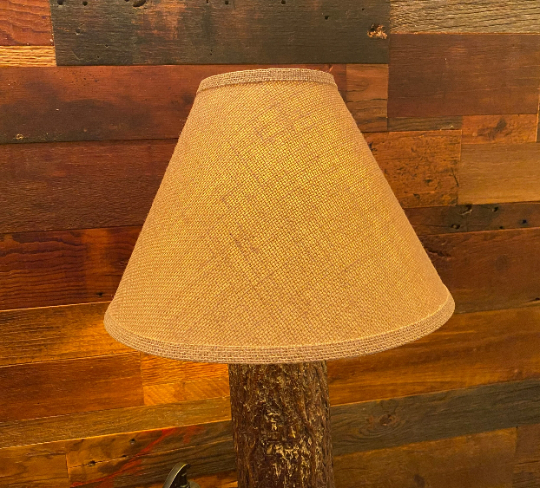
Burlap is an eco-friendly, textured fabric that adds a rustic charm to any space.
Best for: Farmhouse and rustic interiors.
Paper Lampshades
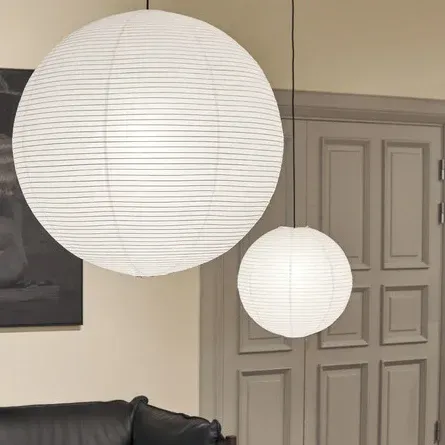
While not fabric, paper lampshades offer a minimalist, budget-friendly option and are popular in Japanese-style interiors.
Best for: Modern, minimalistic decor and DIY projects.
Metal Fabric Blends
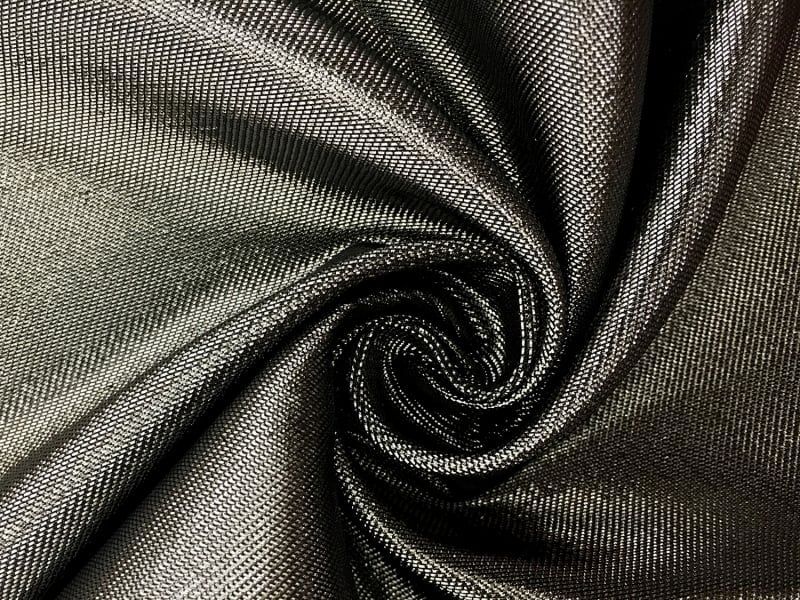
Some modern lampshades blend metal with fabric to achieve an industrial yet soft aesthetic.
Best for: Contemporary and urban design styles.
Sustainable & Fire-Retardant Fabrics
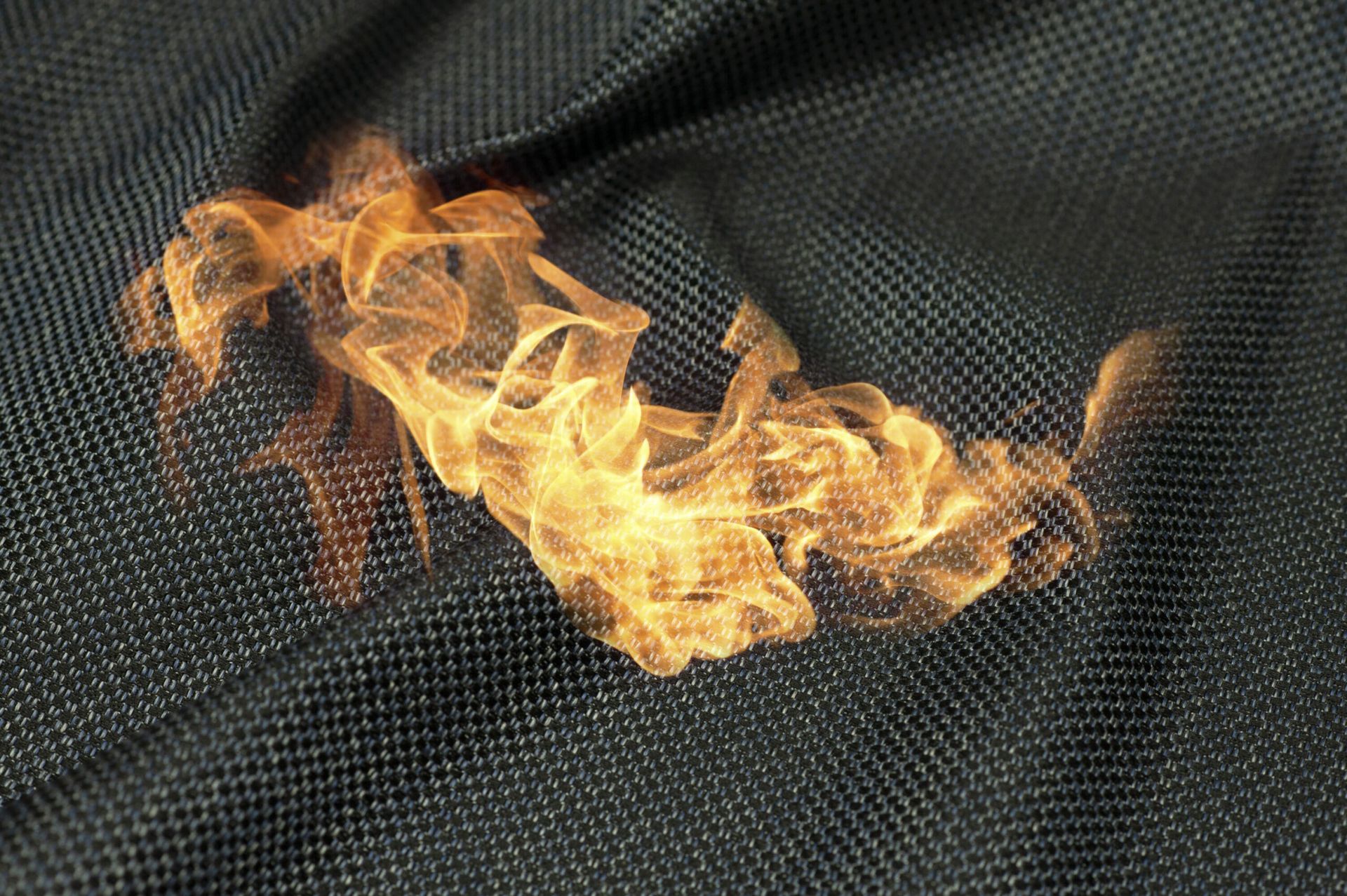
Eco-conscious homeowners often seek out materials such as hemp, bamboo-based fabrics, and fire-retardant treated cotton for safety and sustainability.
Best for: Green and energy-efficient home solutions.
How to Choose the Right Material for a Fabric Light Shade
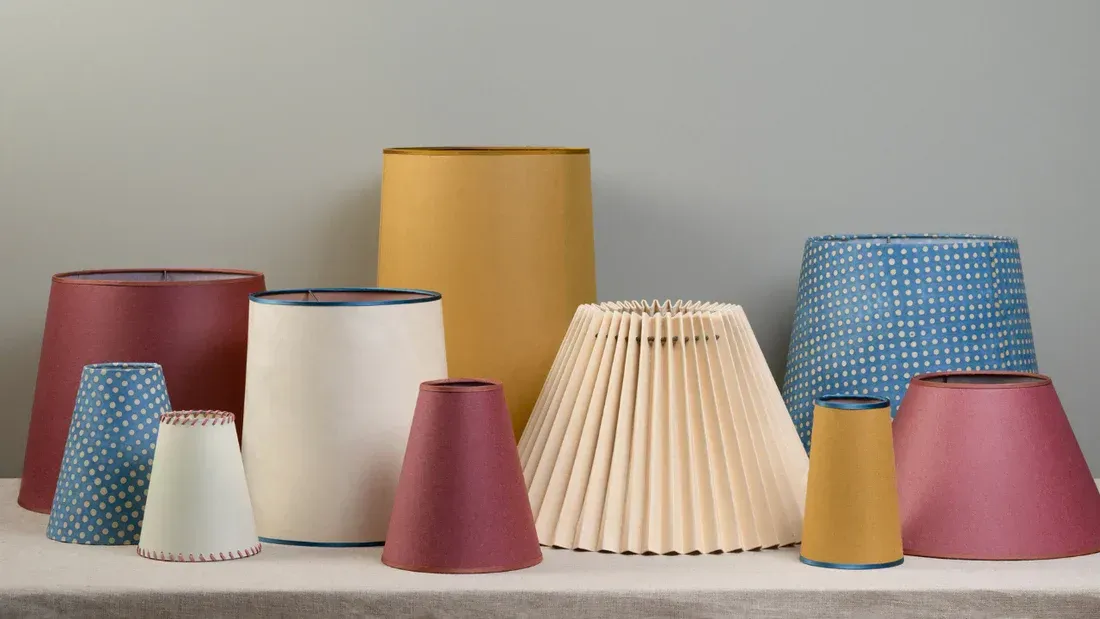
Light Diffusion & Transparency
Fabrics such as silk and cotton provide excellent light diffusion, while heavier fabrics like jacquard block more light, creating a moody ambiance.
Durability & Maintenance
If durability is a priority, linen and synthetic fabrics are the best choices as they resist wear and tear better than silk or chintz.
Aesthetic & Style Matching
Consider how the lampshade material aligns with your interior design. Silk is best for elegant settings, while burlap and linen work well in rustic or natural-themed spaces. when choosing window shades for every style, it's important to select materials that complement your home's aesthetic while providing the right balance of light control and privacy.
Eco-Friendliness & Fire Resistance
For those prioritizing sustainability, materials like hemp and bamboo are excellent choices. Additionally, fire-retardant treatments ensure safety when using fabric lampshades.
FAQs
What Fabric Is Best for Light Diffusion?
Silk and cotton are the best fabrics for diffusing light evenly, creating a soft, ambient glow.
Can I Use Any Fabric for a Lampshade?
Not all fabrics are suitable for lampshades. Heat resistance, light diffusion, and aesthetic appeal must be considered.
What Are the Most Eco-Friendly Lampshade Materials?
Bamboo, hemp, and organic cotton are sustainable choices that minimize environmental impact.
Conclusion
Selecting the right fabric for your lampshade depends on your lighting needs, home decor style, and maintenance preferences. Cotton and linen offer versatility, silk provides elegance, and modern synthetic blends ensure durability. At Love Is Blinds KY, we offer expert advice and a wide selection of high-quality fabric light shades to suit every taste and budget. Explore our collection today to find the perfect match for your home lighting needs.

